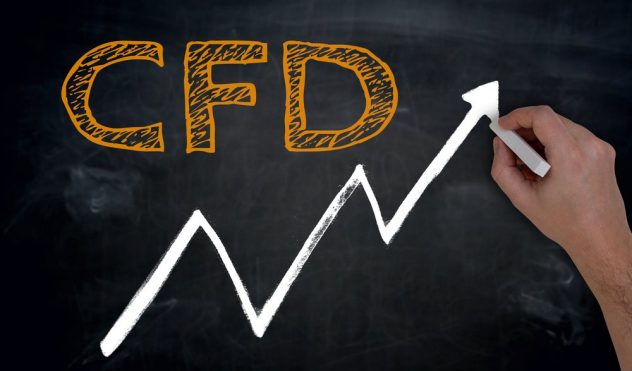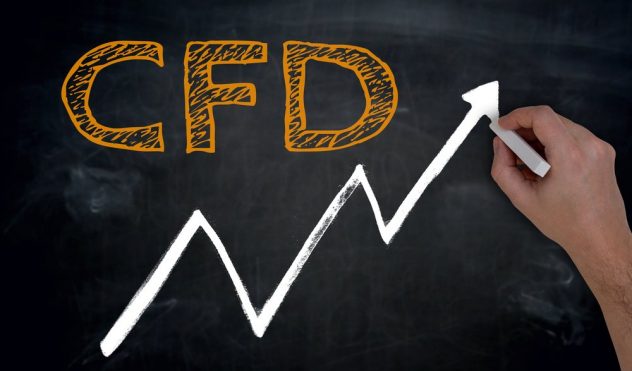CFD trading is contracted for difference trading. This is a popular type of derivative trading. CFD trading makes it possible for a person to speculate whether the prices of global financial markets or instruments will rise or fall. These could include things like commodities, treasuries, currencies, and indices.
CFD trading is a pretty affordable and attractive alternative to traditional investing. First, you will need to know its benefits and risks to get the best out of it. With CFD trading, you are not buying or selling an underlying asset. For example, you are not purchasing a commodity, a currency pair, or a physical share of a business. What you are doing is buying or selling a number of units for a particular instrument based on whether or not you believe prices will rise or prices will go down.
 Let’s say, for example, that you are trading a CFD on the price of gold. You do not own any gold. Your contract would have a buy and a sell price based on the underlying price of gold at that time.
Let’s say, for example, that you are trading a CFD on the price of gold. You do not own any gold. Your contract would have a buy and a sell price based on the underlying price of gold at that time.
If you think the market will go up, you would buy. This is called going long. If you think the market will fall, you sell. This is called going short. The more the market moves in the direction that you have predicted, the larger the profits you will get. The more it moves in the opposite direction, the more money you will lose.
CFD’s are traded on leverage
Trading on leverage is one of the most compelling reasons for investing in CFDs as opposed to a straight dollar for dollar investment. Leverage can inflate transaction sizes to high levels, allowing for larger gains to be made on relatively smaller investments. This means that your capital can work more effectively than would otherwise be the case. It can deliver higher returns quicker than other investments would.
For example, you see a company that you want to invest in. You believe that it will increase in value over the duration of your investment. So you decide to buy CFDs at one dollar each. You invest $100 of capital, which allows you to buy $2,000 worth of CFDs based on a five percent capital deposit of $100 plus the 95 percent leverage of $1,900. The company CFD rises to $1.50. You opt to settle your position and walk away with your profit.
In this scenario, your investment is worth $1.50 times 2,000, which equals $3,000. From that you subtract the starting price of $1 X 2,000, which equals $2,000. You add on the $100 of your initial investment. This means that from an investment of just $100, you walked away with $1,000 profit. This is a simplified example. Most trades are more complicated and not as smooth. But it gives you an idea of how powerful leverage can be.
5 benefits of CFD trading
to exchange the difference between the opening and closing price of your position. This gives it a lot of flexibility when compared to other forms of trading. This means that you have the option to trade on a market that is rising as well as on one that is falling. If you think the market is going to go up, you trade on the buy price. If you think it’s going to go down, then you trade on the sell price.
, indices, commodities, Forex, and more. One of the nice things is that you don’t need access to multiple platforms to be able to trade in different markets. You are even able to make trades outside of market hours, allowing you to take advantage of off hour fluctuations in the value of the stock or currency.
CFDs offer a number of benefits. In most cases CFD trades are open ended. When you are ready to close your position, you simply make a trade in the opposite direction than the one you opened. CFD positions can be held overnight. However, there may be an overnight funding charge, depending on the brokerage that you have used. In most cases the cost for making a CFD trade is covered in the spread. This means that the buy and sell prices have already factored in any charges.
As with any investment vehicle, before using CFDs you need to do your due diligence. Learn about them and learn about the enterprises you are thinking of investing in to make sure that you are taking an educated risk.
What advice do you have to those interested in investing in CFDs? What are the pros and cons? Let us know in the comments section below.










Leave A Comment